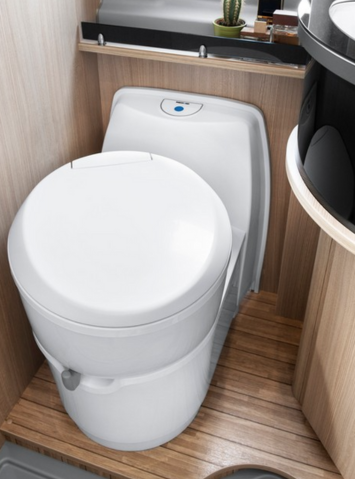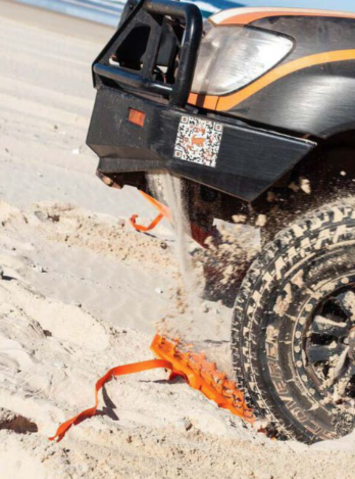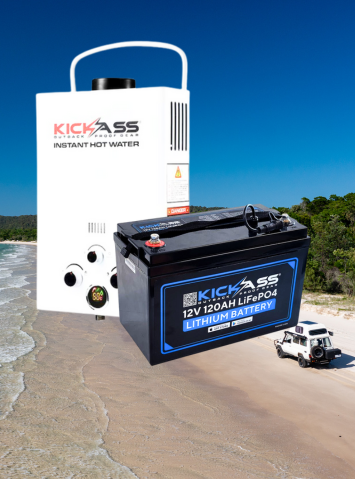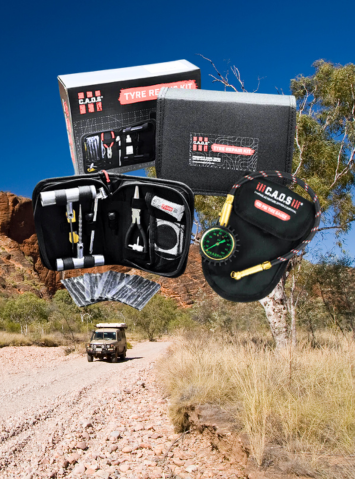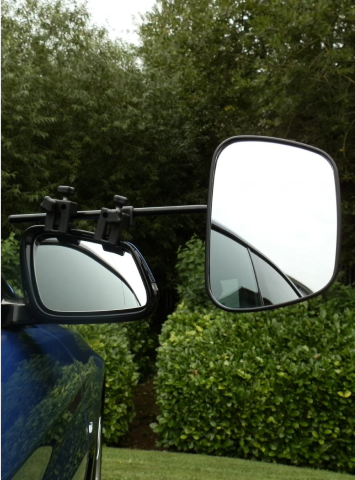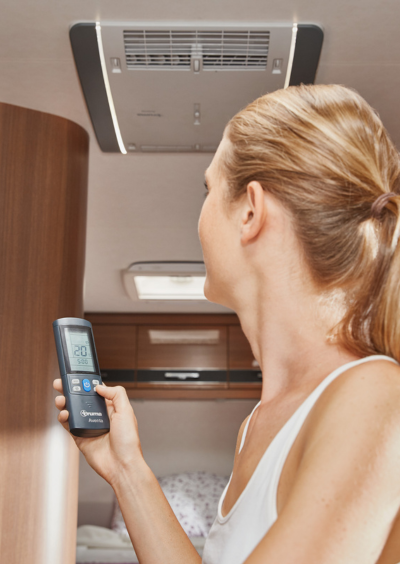All 4x4 Tyre Pressure Monitoring Products
4x4 Tyre Pressure Monitoring
Outdoor adventures and camping holidays are fun but you should make sure that safety is always a priority. If you’re travelling to far areas with challenging terrain, this can have an impact on your tyres. Fortunately, vehicles have a tyre pressure monitoring system or TPMS that warns you if your tyres are under or over-inflated. This can increase fuel economy and prevent a tyre blowout which could be fatal.
The TPMS is an electronic system that monitors tyre air pressure and gives a warning if a tyre is underinflated. Poorly inflated tyres make it difficult to brake or steer and prone to blow up. The system can also detect over or under-inflation that affects tyre life and your car’s gas mileage.
Two main types of 4x4 Tyre Pressure Monitoring System
These are the two main Tyre Pressure Monitoring System types:
Direct TPMS
It uses a wheel-mounted sensor that measures air pressure on each tyre. When air pressure drops 25% below the recommended level, the sensor transmits the information to the car’s computer system and triggers the dashboard indicator light.
Pros and cons of Direct TPMS
Pros
It delivers actual tyre pressures from the tyre’s interior. It is not prone to inaccuracies due to tyre rotations or replacements. It has a simple resynchronization after the tyre rotation or replacement. The batteries inside the sensors last for a decade. It may be a vehicle’s spare tyre inclusion.
Cons
It is more expensive compared to indirect TPMS. It may require costly tools to resynchronize. The battery is rarely serviceable and the whole sensor should be changed once drained. Installation, service, and replacement are confusing due to proprietary systems. Sensor damage is more likely during mounting and demounting.
Indirect TPMS
It works with the car’s Antilock Braking System (ABS) wheel speed sensors. It rolls at a different wheel speed than other tyres if the pressure is low. In turn, this is detected by the car’s computer system which triggers the dashboard indicator light.
Pros and cons of Indirect TPMS
Pros
It is relatively inexpensive compared to direct TPMS. It requires less programming/ maintenance over the years. It requires less overall installation maintenance.
Cons
It could become inaccurate if you buy a bigger or smaller tyre. It may become unreliable once the tyres are worn unevenly. It should be put on reset once every tyre is properly inflated. It should be put on reset after a routine tyre rotation.
Tips on how to use the TPMS
If you see the TPMS dashboard light is on, you don’t have to pull over immediately. Wait for a safe break in traffic before you pull over and inspect the tyres. Check the tyre pressure manually especially if you’re going on a long trip and after returning from a long journey. The changing climates could change the tyre pressure and affect functionality. Always check tyre pressure at the start of every season.
What to do if your TPMS is not working?
If your TPMS is not giving you a warning or heads-up despite low tyre pressure then there’s likely a problem. One of the common causes is a dead sensor battery due to damage or corrosion. TPMS batteries usually last 7 to 10 years and if a battery is defective, you need a full sensor replacement. Ideally, you should replace all the sensors at the same time.
Make sure that you have a reliable Tyre Pressure Monitoring System to alert you each time your tyres become under-inflated. Shop from our array of affordable and high-quality TPMS products that are ideal for your type of 4WD vehicle.


